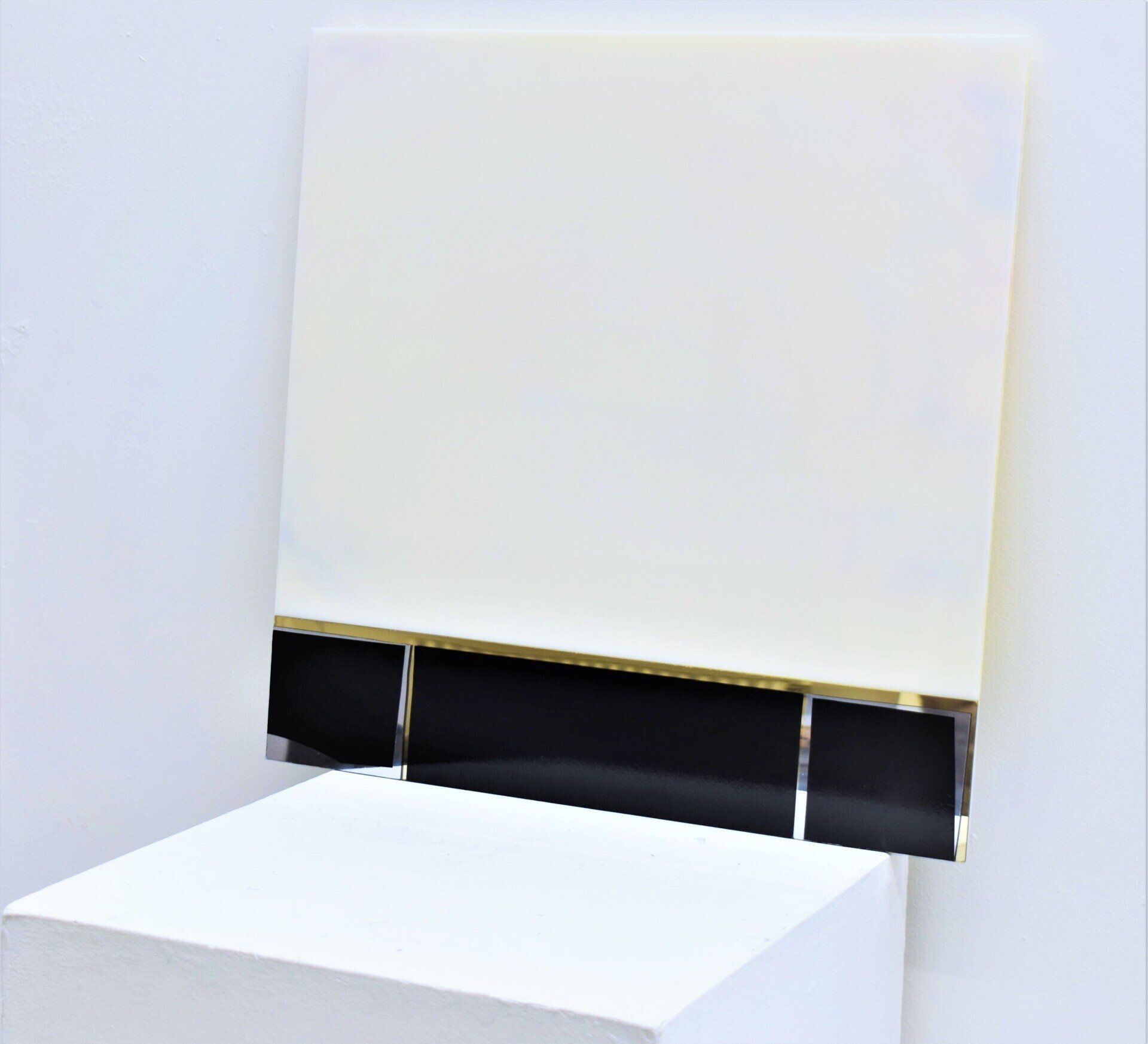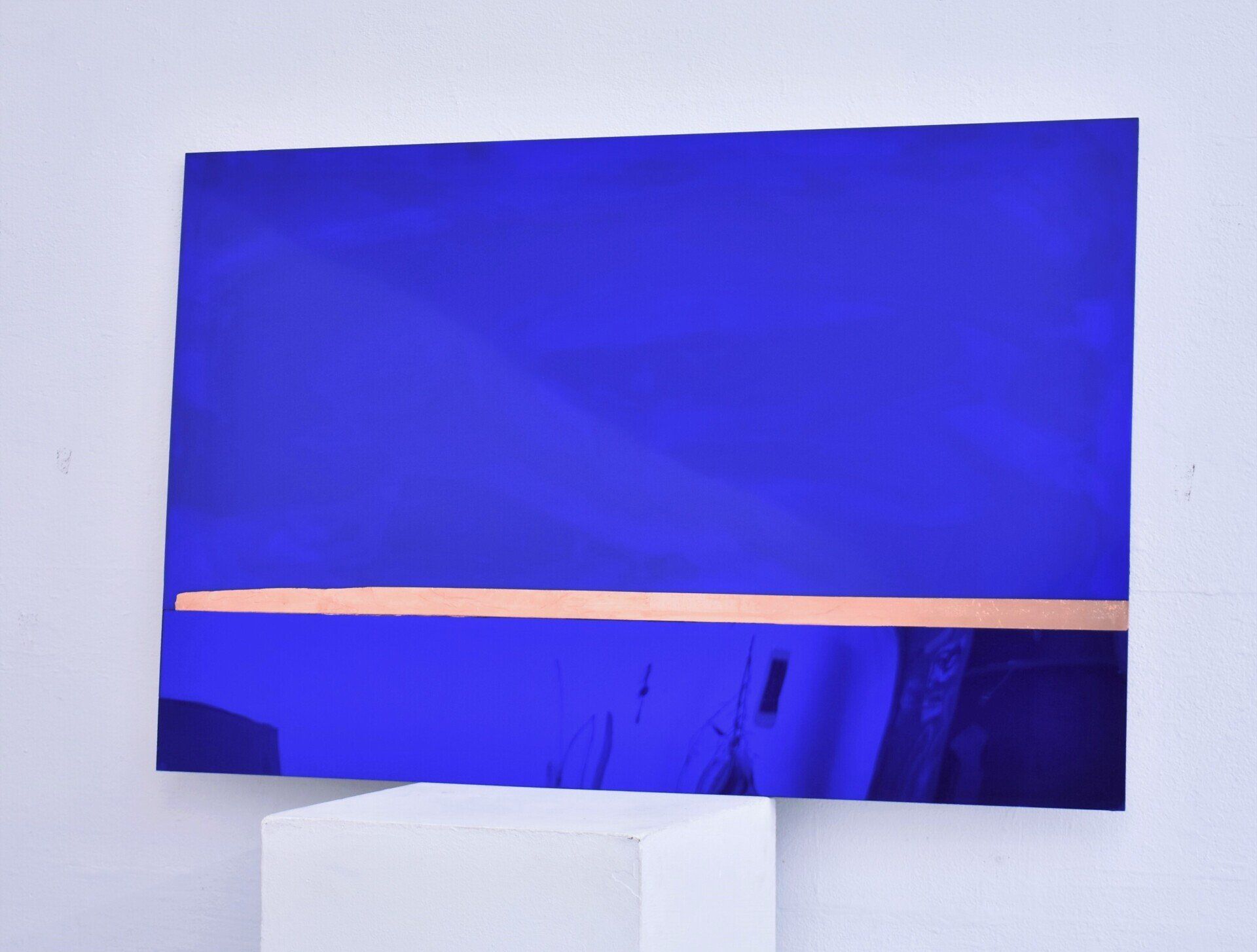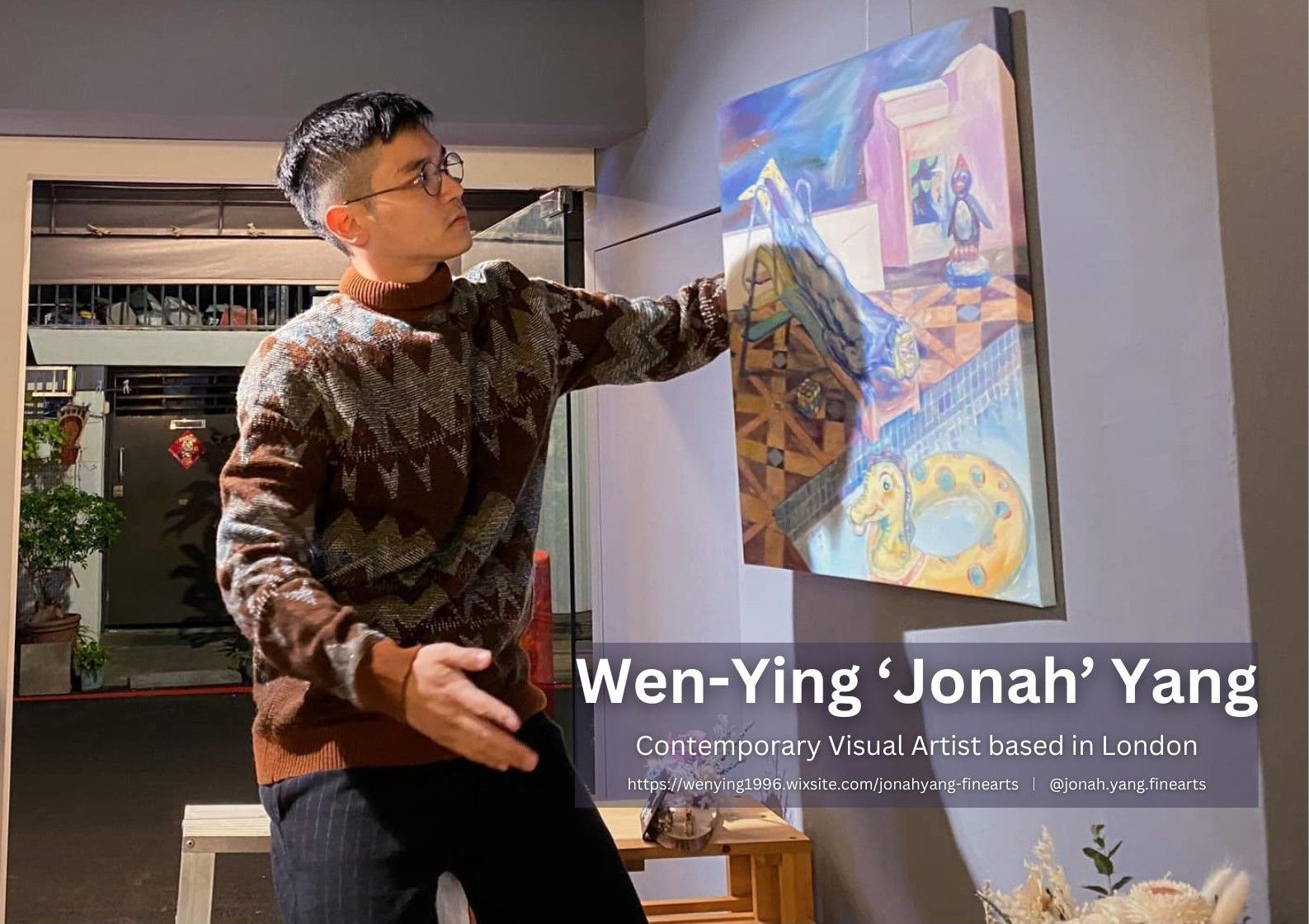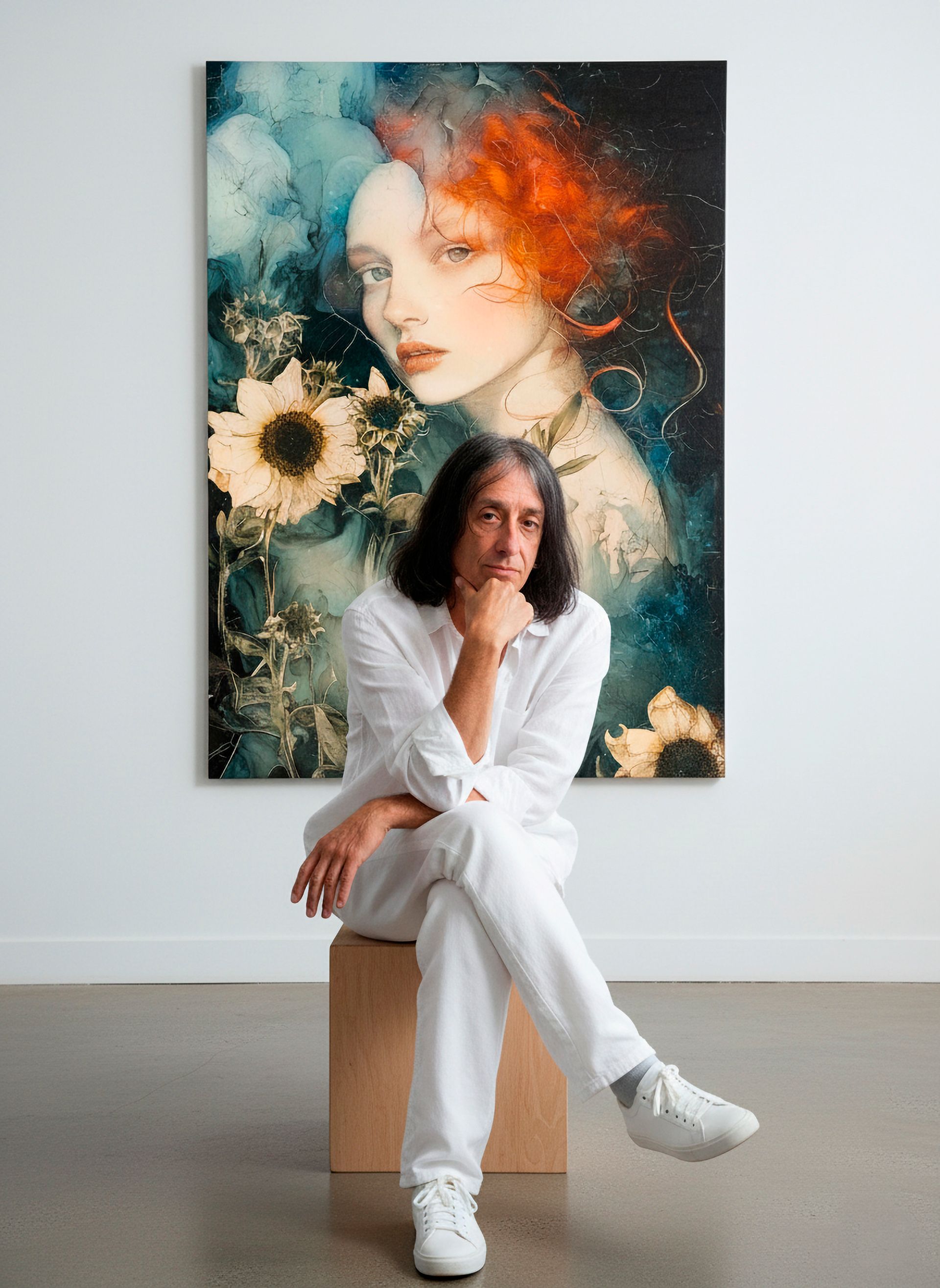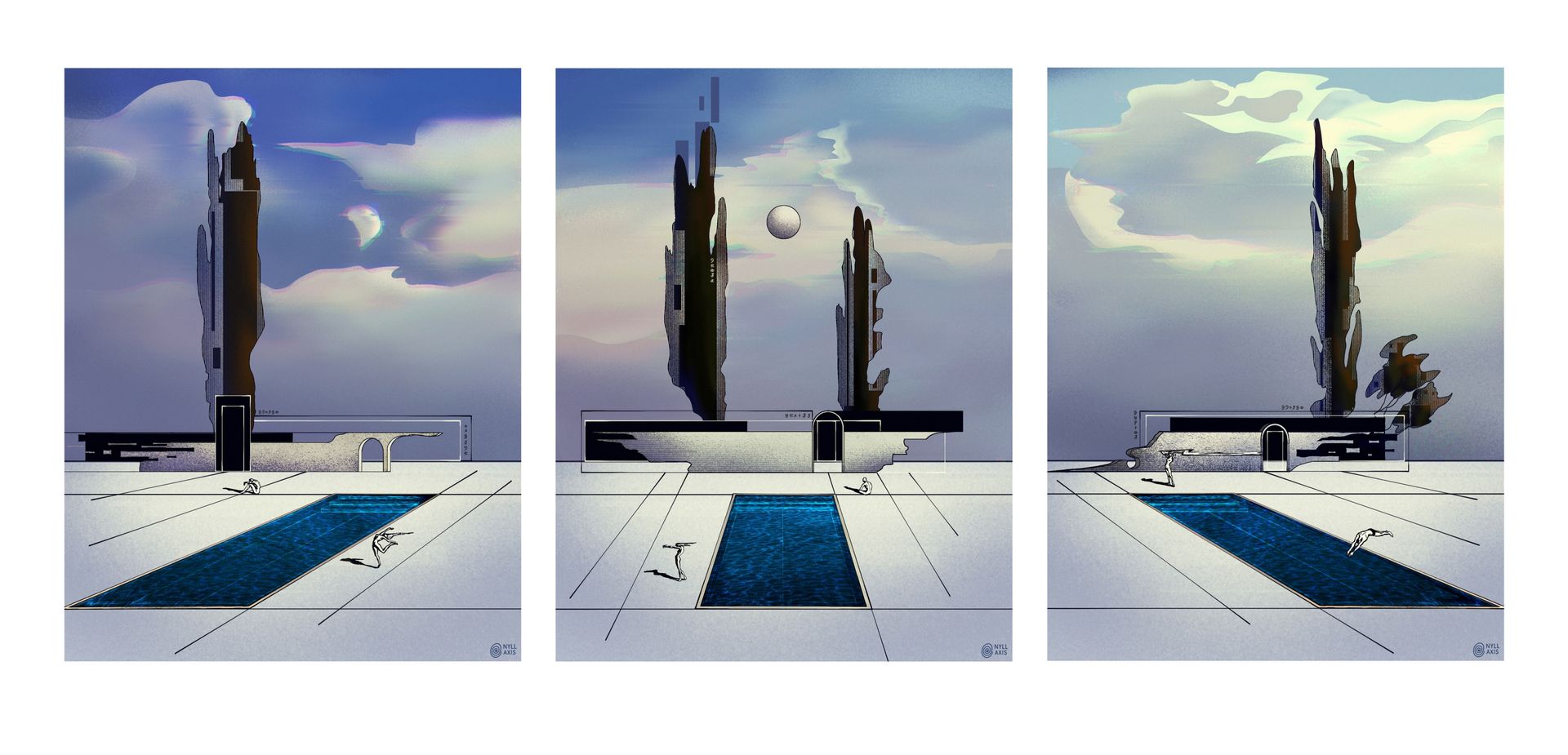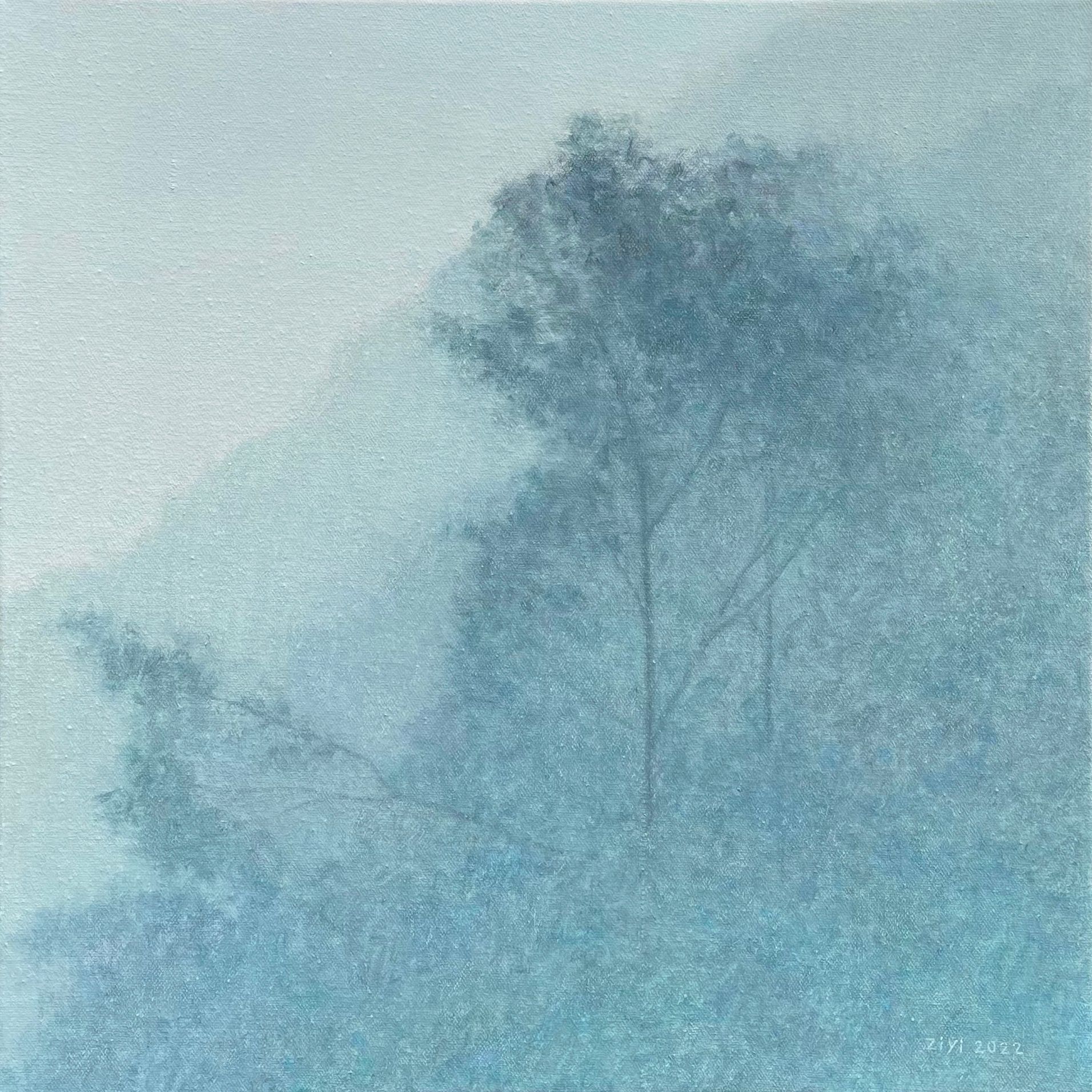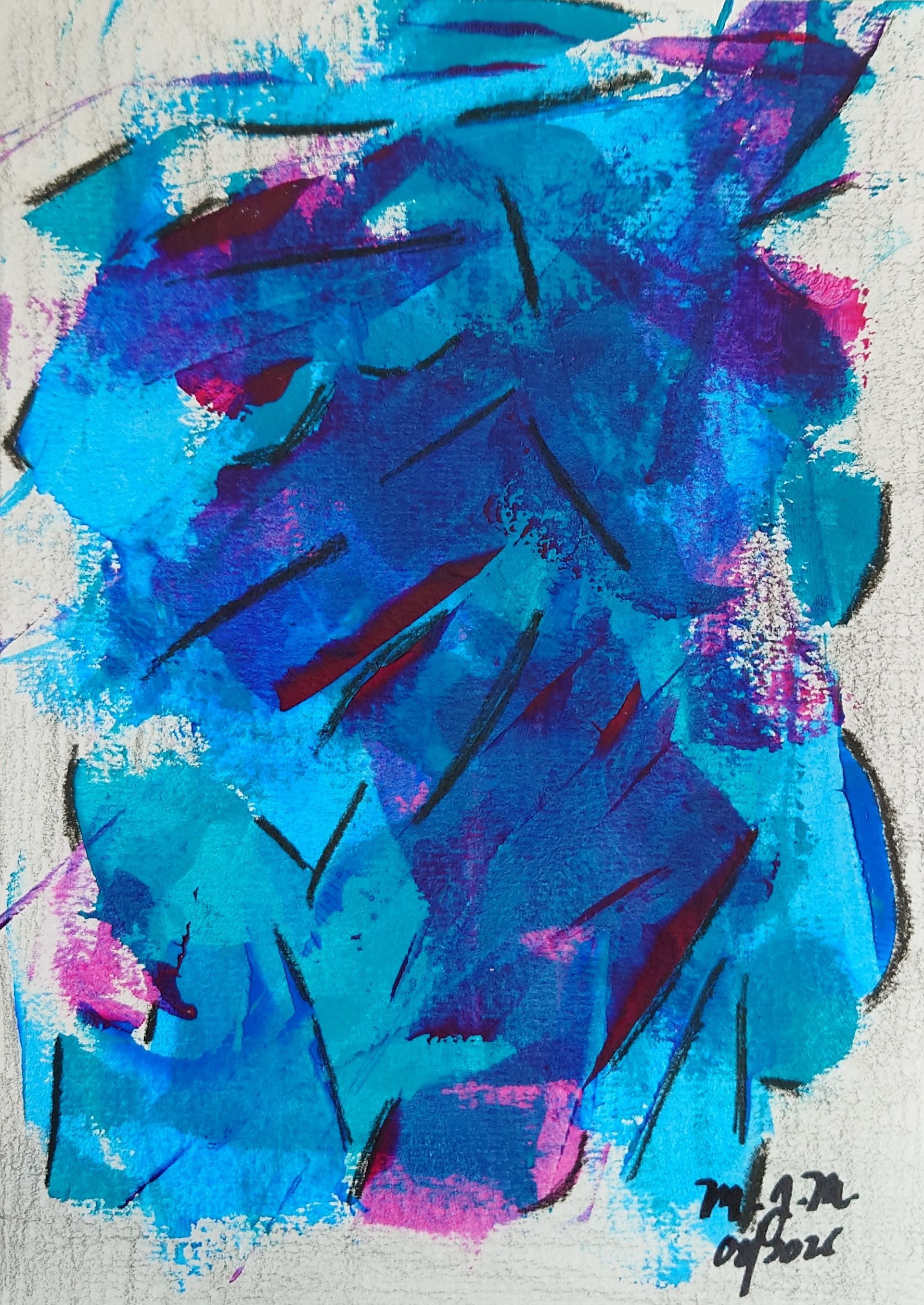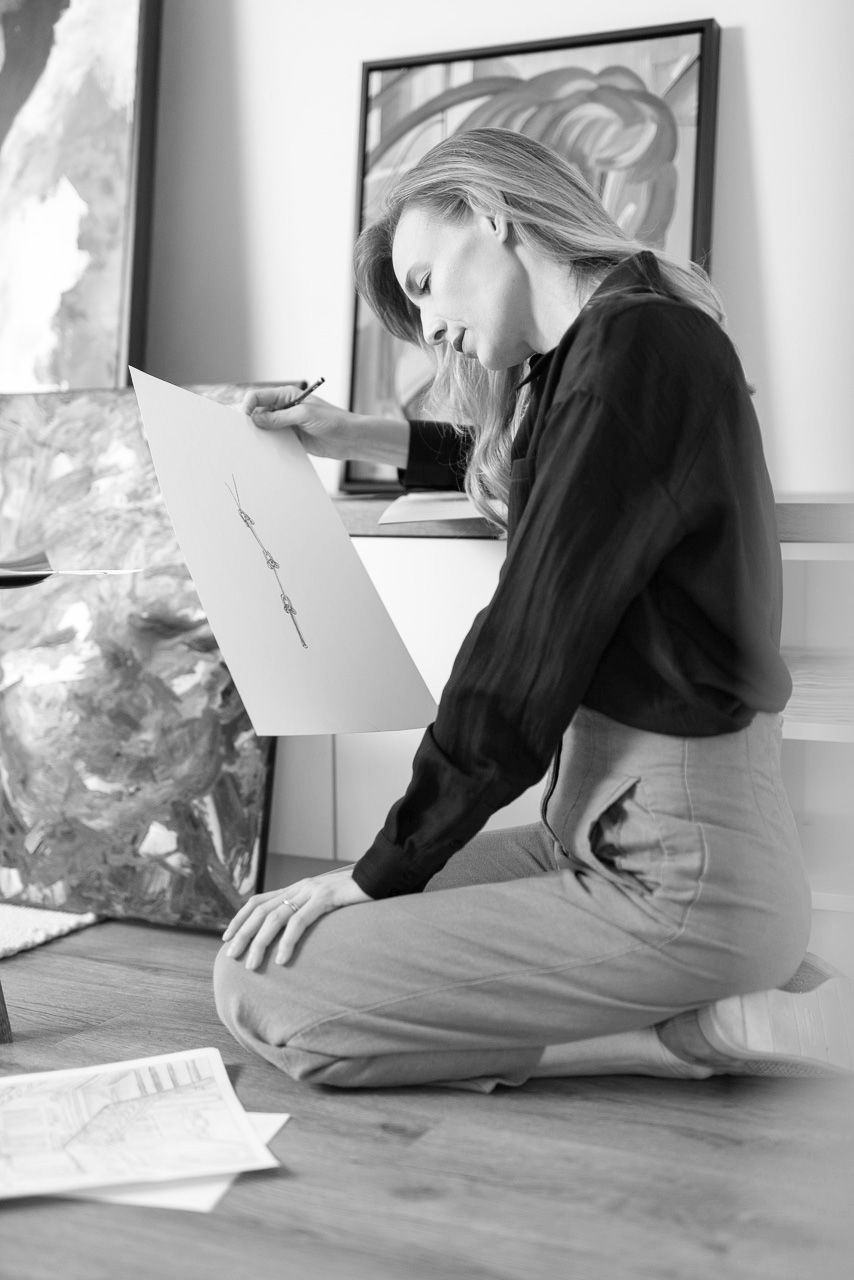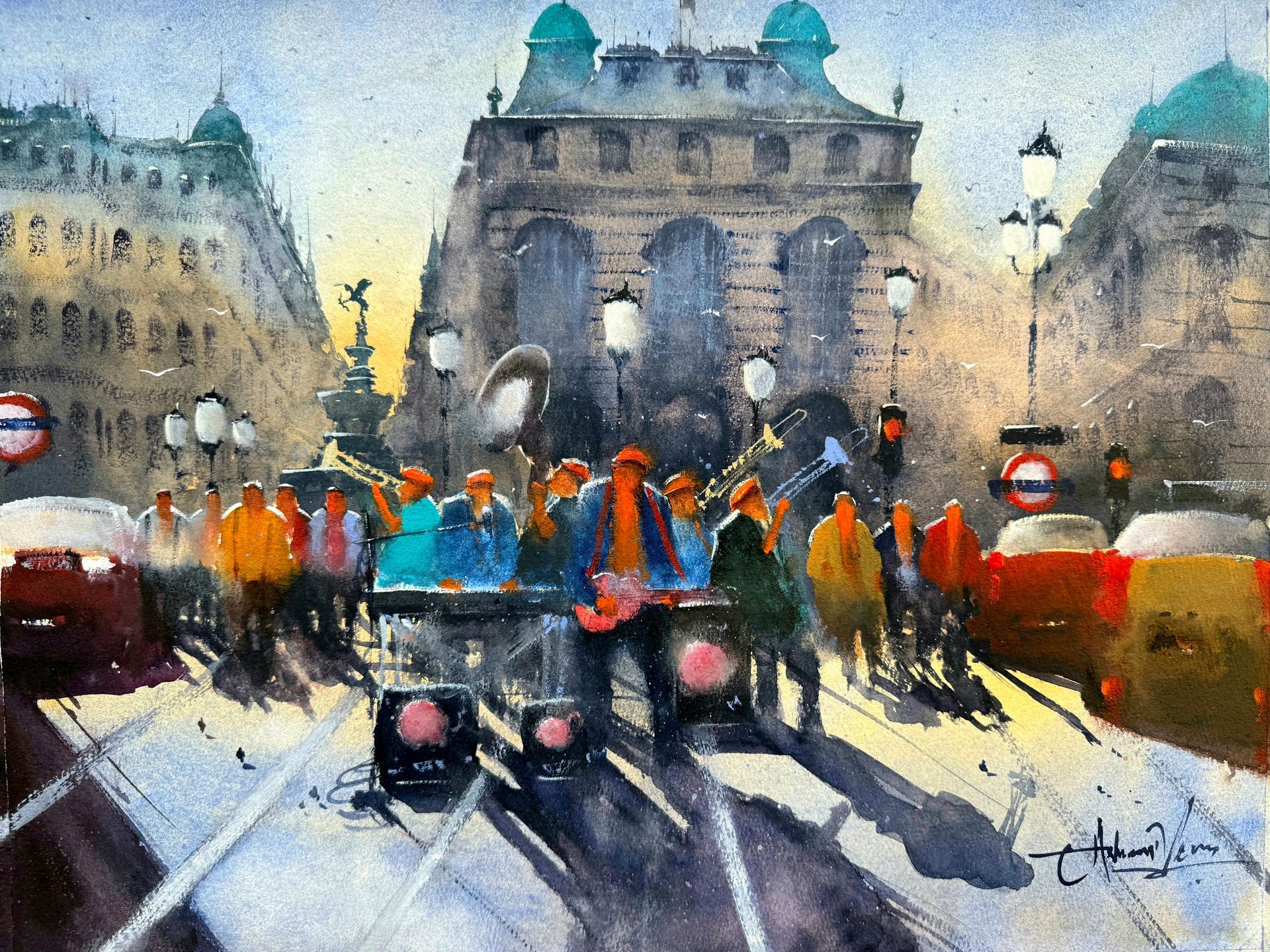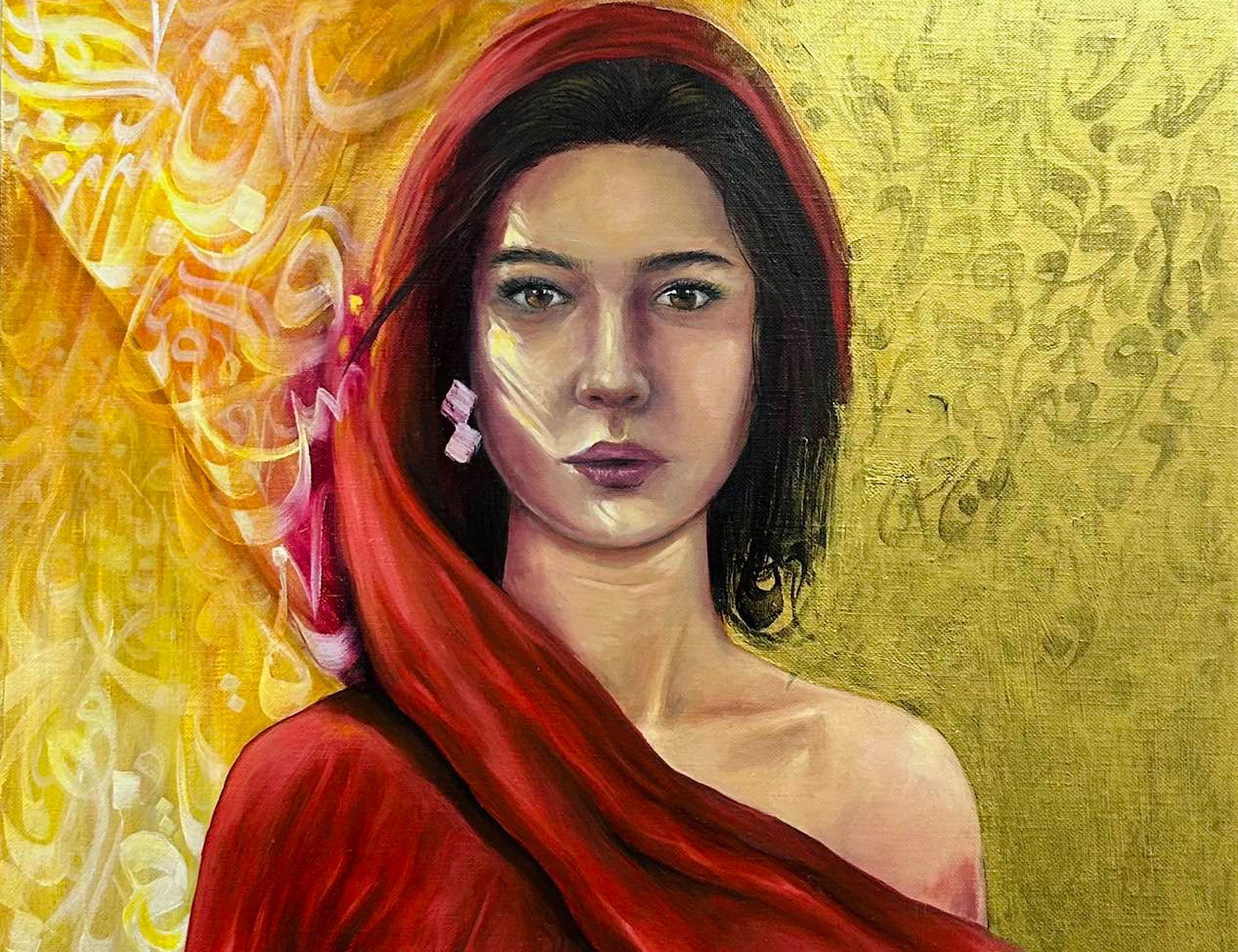Yossérian Geairon
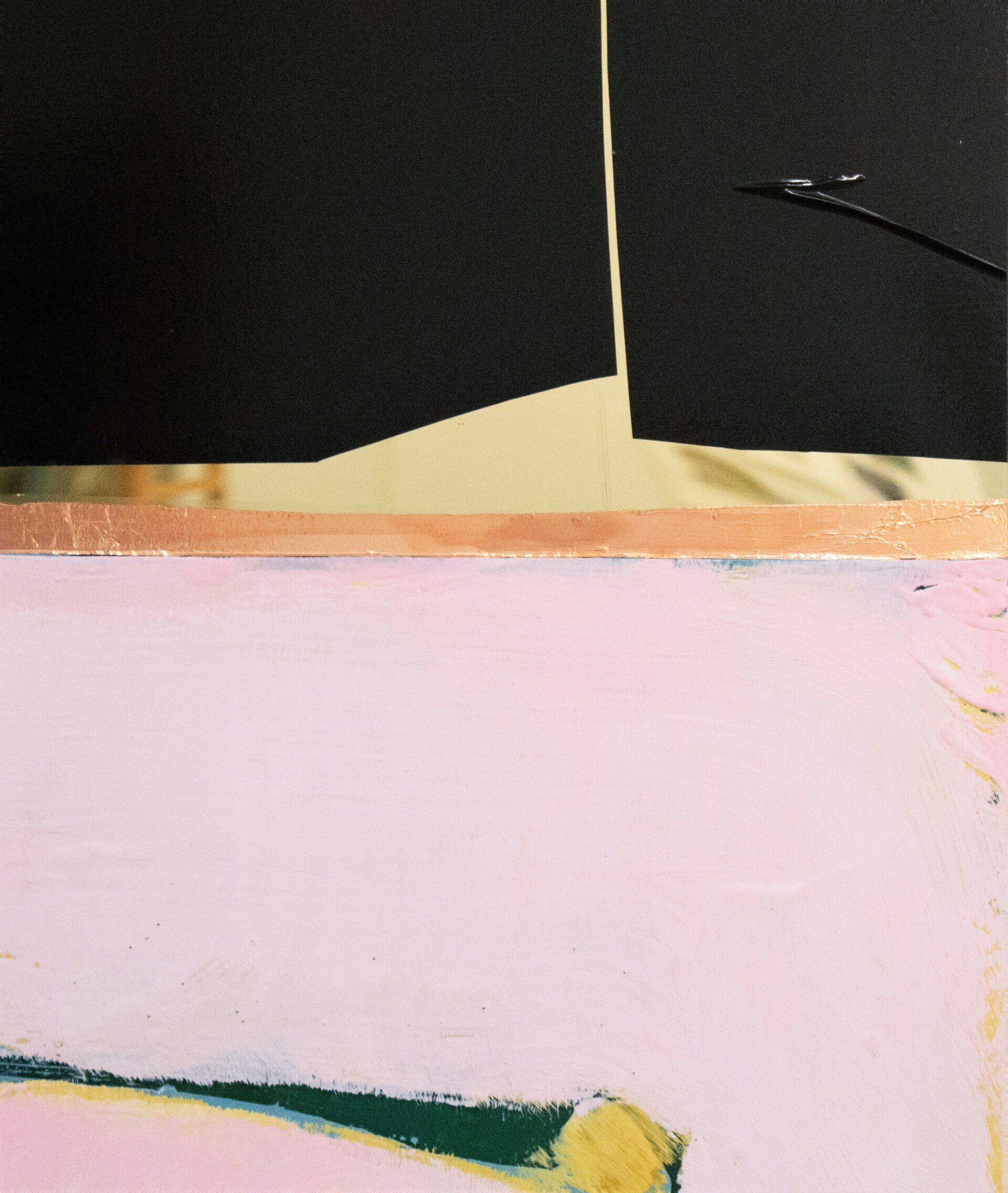
The first thing we see in a work is ourselves. The first truth imposed by the work we are facing is our own. It is an event in that it is experienced. From there, the experience that has arisen from this event is none other than that which we claim, which we seek, which we invoke in the space offered by the painting. In all our experiences, unwittingly or not, we pin the hope of explaining any strangeness to something familiar to us; for what the mind asks for, the body demands.
However, the painting is a space that produces its own coherence, and therefore does not refer to anything except itself. What matters to see is what the work gives to see. Nothing else. To be appreciated, the painting must be confronted in its most concrete materiality. With a certain candor. Yosserian invites us to appreciate the impressions that shapes and colors leave before us, and for that we have to take our time. Find a virginity of the gaze.
In other words, it is about thinking against yourself. For this, it is necessary to pierce one's own reflection that the painting sends back in order to capture its tiniest nuances.
